I Love History: Discovering Lisboa's Treasures
Join us for a free walking tour that unveils Lisboa's rich history and culture. Experience the vibrant stories behind its iconic landmarks and hidden gems.
Time
3 Hours
Stops
9 Places
Distance
3.3 km
Praça do Comércio
Begin your exploration at Praça do Comércio, an iconic square by the Tagus River, symbolizing the maritime history of Lisboa.
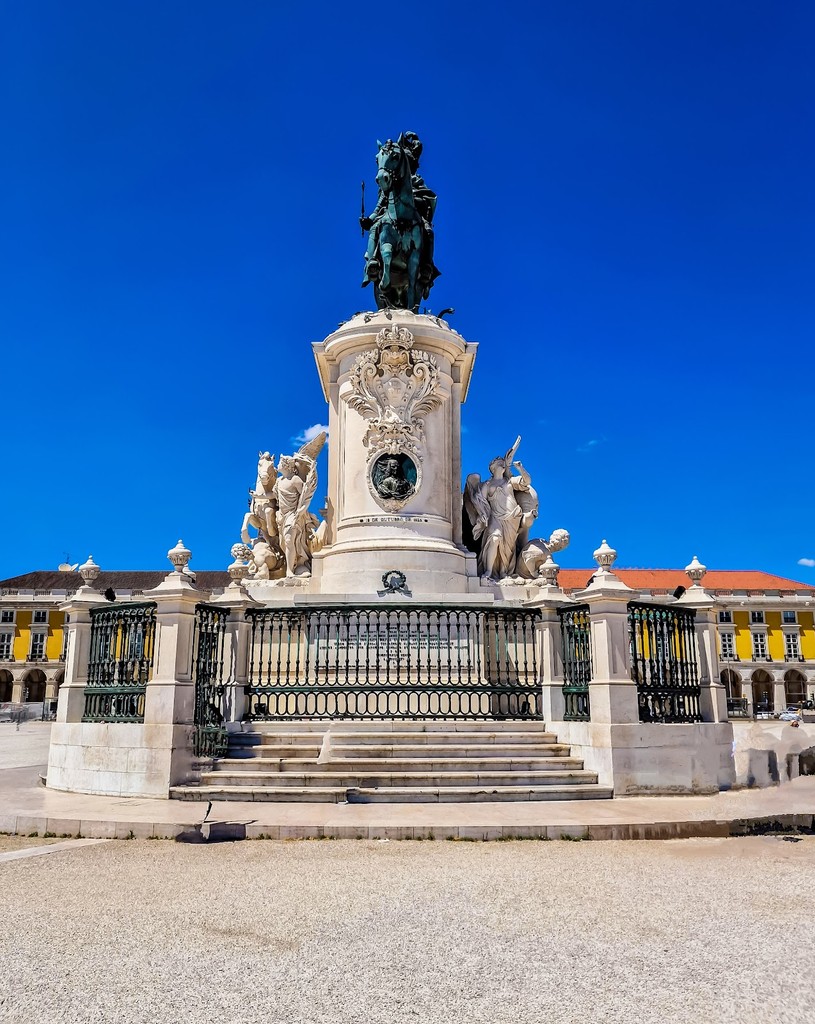
Praça do Comércio (Source: Google Maps)
Praça do Comércio, also known as Terreiro do Paço, is a monumental square located by the Tagus River. It was the site of the Royal Palace until the 1755 earthquake, which devastated much of the city. The square is framed by classical buildings and features the grand equestrian statue of King José I. This area symbolizes Lisboa's maritime heritage and prosperity during the Age of Discoveries. The impressive archway leading into the square, Arco da Rua Augusta, adds to its grandeur, making it a central hub for locals and tourists alike.
Arco da Rua Augusta
Walk through the grand Arco da Rua Augusta, a triumphal arch that offers a panoramic view of the city from its top.
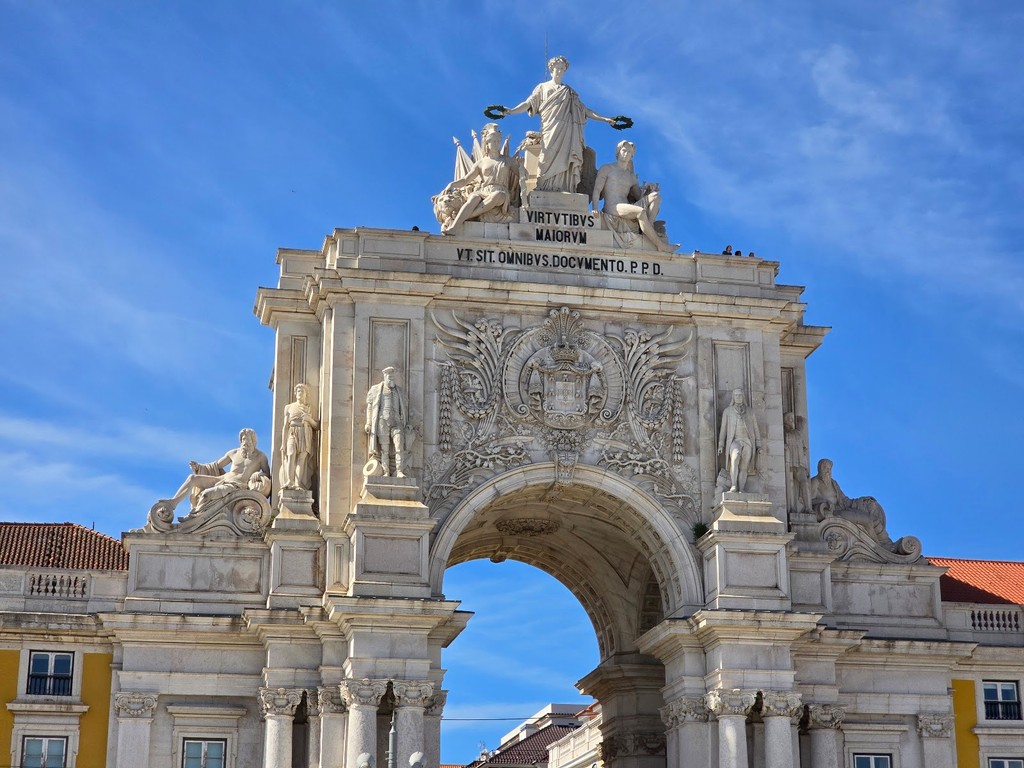
Arco da Rua Augusta (Source: Google Maps)
The Arco da Rua Augusta is a magnificent triumphal arch that serves as a gateway to the Praça do Comércio. Completed in 1873, it was designed to commemorate the city's reconstruction after the 1755 earthquake. The arch features intricate sculptures and allegorical figures representing the triumph of the Portuguese spirit. Visitors can ascend to the top for panoramic views of the city and the Tagus River, making it a popular spot for photography. Its neoclassical style blends seamlessly with the surrounding architecture, highlighting Lisboa's rich history.
Lisbon Cathedral (Sé de Lisboa)
Discover the oldest church in Lisboa, the Lisbon Cathedral, which dates back to the 12th century and showcases a blend of architectural styles.
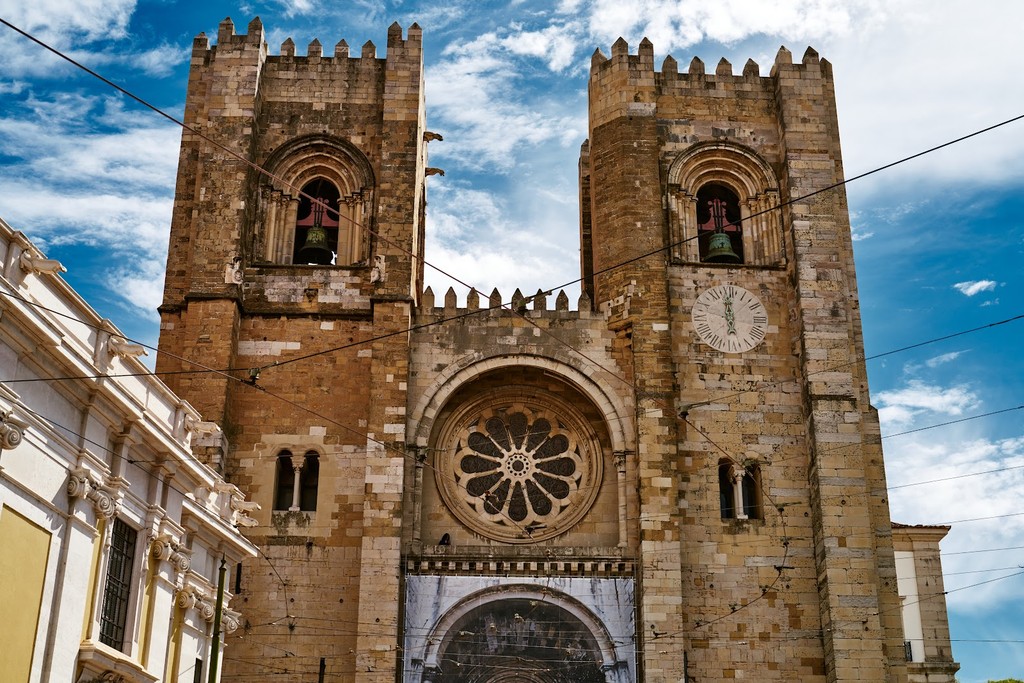
Lisbon Cathedral (Sé de Lisboa) (Source: Google Maps)
The Lisbon Cathedral, or Sé de Lisboa, is the oldest and most important church in the city, dating back to 1147. Built in a Romanesque style, it has undergone various renovations, resulting in a blend of architectural styles, including Gothic and Baroque. The cathedral features impressive rose windows and a fortified appearance, reflecting its historical significance during the Reconquista. Inside, visitors can explore chapels, relics, and the beautiful cloister, which provides insight into the church's long-standing role in Portuguese history.
Miradouro de Santa Luzia
Enjoy the picturesque views of Alfama and the Tagus River from this charming viewpoint adorned with azulejos.
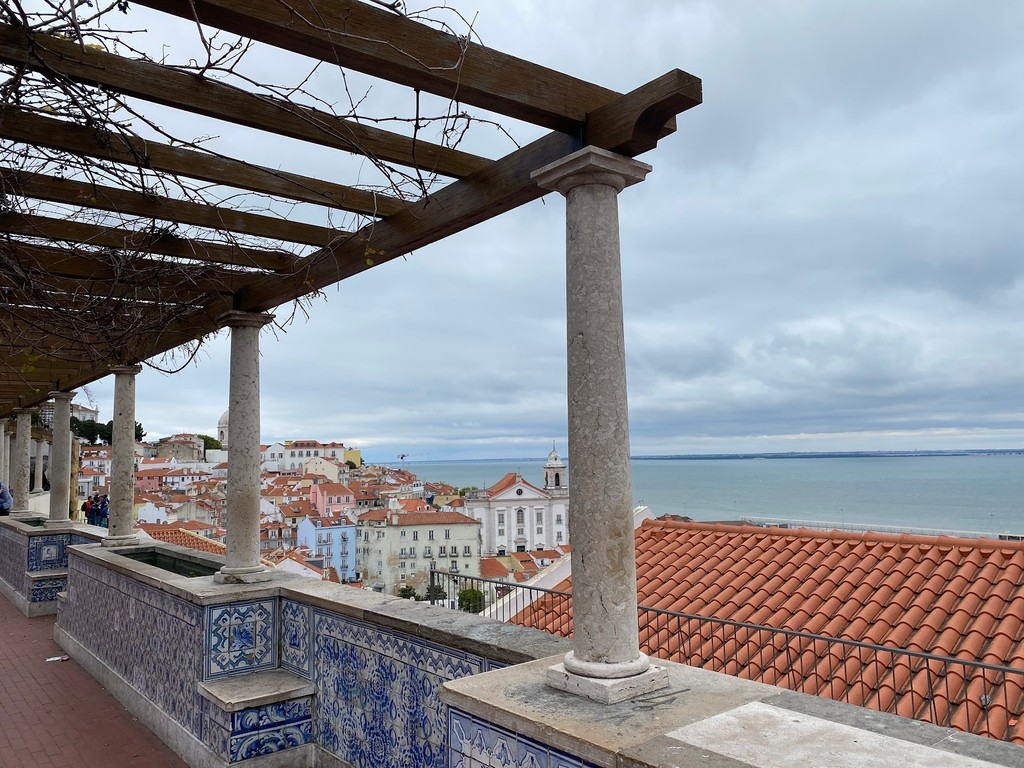
Miradouro de Santa Luzia (Source: Google Maps)
Miradouro de Santa Luzia is a picturesque viewpoint located in the Alfama district, offering stunning views of the Tagus River and the rooftops of the historic neighborhood. This charming spot is adorned with traditional azulejos (ceramic tiles) and surrounded by lush gardens, making it a perfect place for relaxation. The viewpoint has historical significance, as it was once part of a convent. Today, it serves as a gathering place for locals and tourists, providing a glimpse into the beauty of Lisboa's landscape.
Castelo de São Jorge
Ascend to the Castelo de São Jorge, a historic castle with breathtaking views of the city, offering a glimpse into Lisboa's Moorish past.
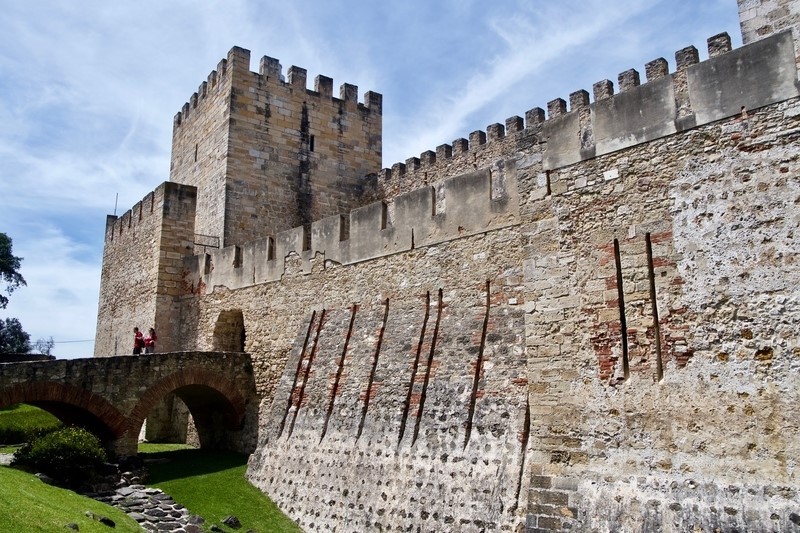
Castelo de São Jorge (Source: Google Maps)
Castelo de São Jorge, or St. George's Castle, is a historic fortress that overlooks Lisboa from its hilltop location. Originally built by the Moors in the 11th century, the castle has undergone several modifications and restorations, reflecting its importance throughout the city's history. Visitors can explore the castle's towers, walls, and archaeological sites, which reveal artifacts from various periods. The panoramic views from the castle provide a breathtaking perspective of Lisboa and its surroundings, making it a must-visit landmark.
Igreja de São Vicente de Fora
Visit the Igreja de São Vicente de Fora, a stunning church and monastery known for its beautiful Baroque architecture and historical significance.
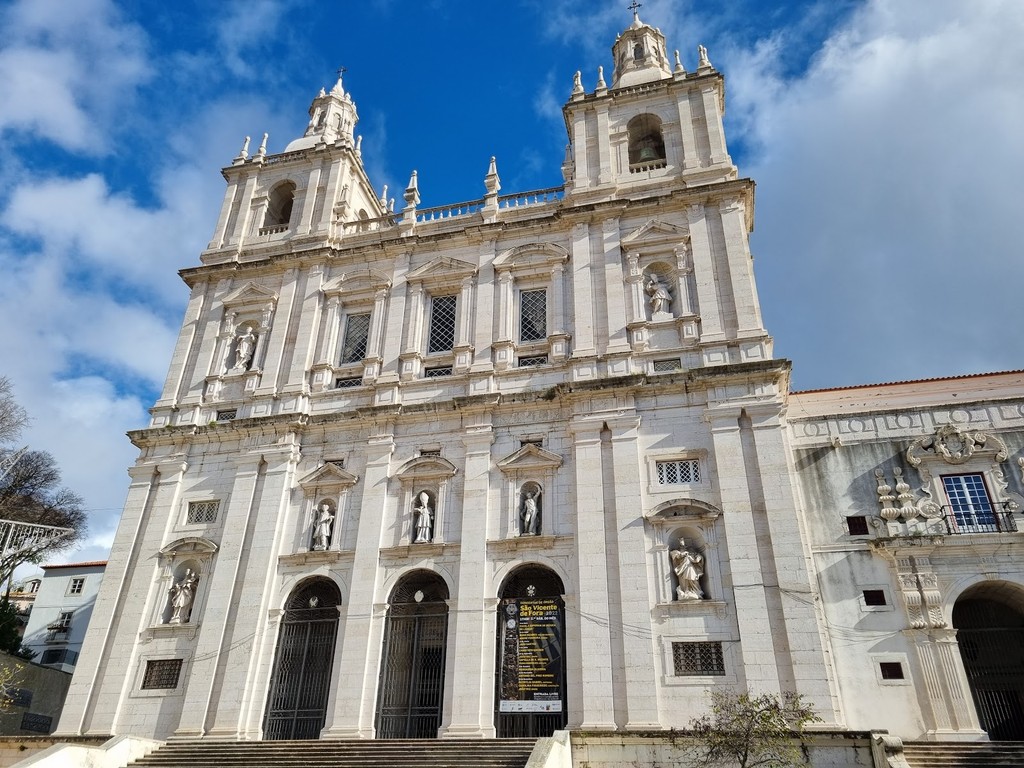
Igreja de São Vicente de Fora (Source: Google Maps)
Igreja de São Vicente de Fora is a stunning Baroque church and monastery that dates back to the 16th century. It is dedicated to Saint Vincent, the patron saint of Lisbon. The church is renowned for its beautiful façade, intricate interior, and impressive azulejos depicting scenes from the saint's life. The monastery houses the tombs of Portuguese royalty and notable historical figures, adding to its cultural significance. The site is a testament to the rich religious history of Lisboa and offers visitors a serene atmosphere for reflection.
Feira da Ladra
Experience the vibrant atmosphere of Feira da Ladra, Lisboa's famous flea market, perfect for a cultural immersion into local life.
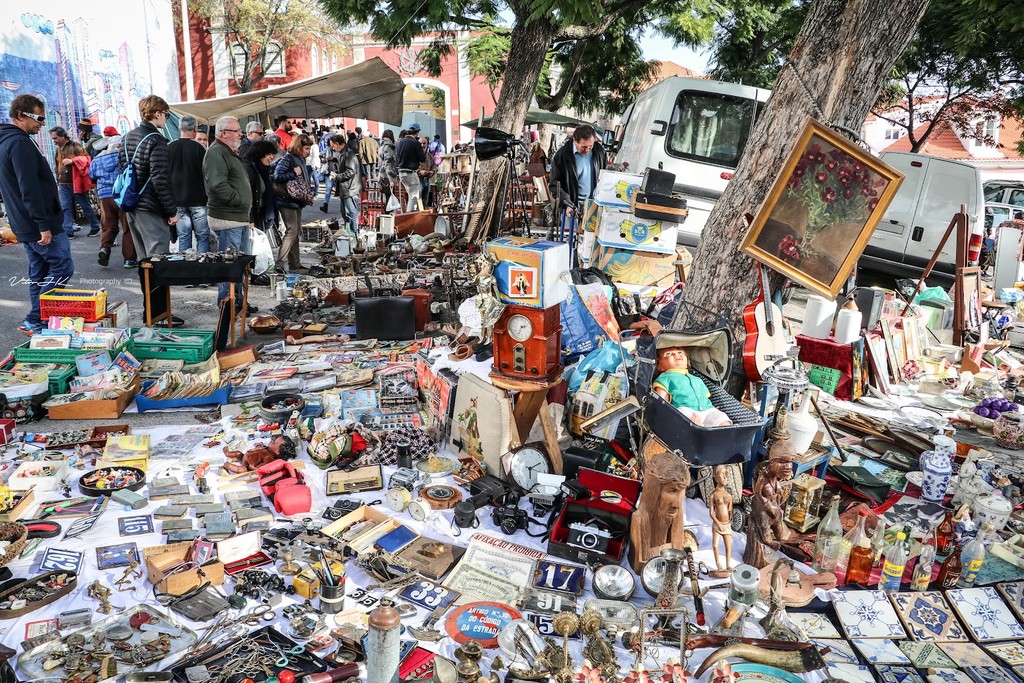
Feira da Ladra (Source: Google Maps)
Feira da Ladra is Lisboa's famous flea market, held every Tuesday and Saturday. Established in the 12th century, it has become a cultural landmark where locals and visitors gather to browse through an eclectic mix of antiques, handmade crafts, and vintage goods. The market's vibrant atmosphere is filled with the sounds of haggling and the aroma of traditional Portuguese street food. It is a fantastic opportunity to immerse oneself in the local culture, discover unique souvenirs, and experience the lively spirit of Lisboa.
Panteão Nacional
Explore the Panteão Nacional, where many of Portugal's notable figures are entombed, offering insight into the nation's history.
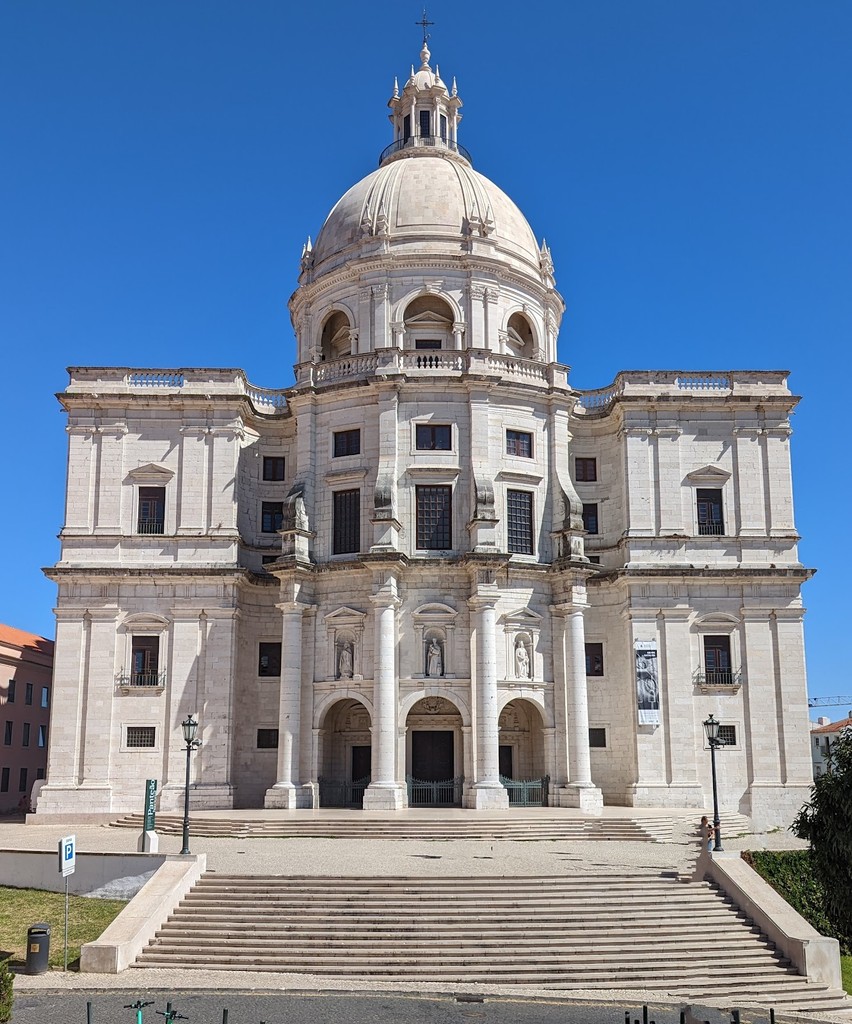
Panteão Nacional (Source: Google Maps)
The Panteão Nacional, or National Pantheon, is a remarkable building that serves as the final resting place for many of Portugal's most significant figures, including writers, politicians, and cultural icons. Originally a church, it was converted into a pantheon in the 20th century. The impressive dome and ornate interior reflect the architectural styles of the time, while the crypts and memorials pay tribute to the lives and contributions of those interred within. It offers visitors a deep insight into Portugal's rich history and heritage.
Alfama District
Wander through the narrow streets of the Alfama District, the oldest part of Lisboa, known for its traditional Fado music and historic charm.
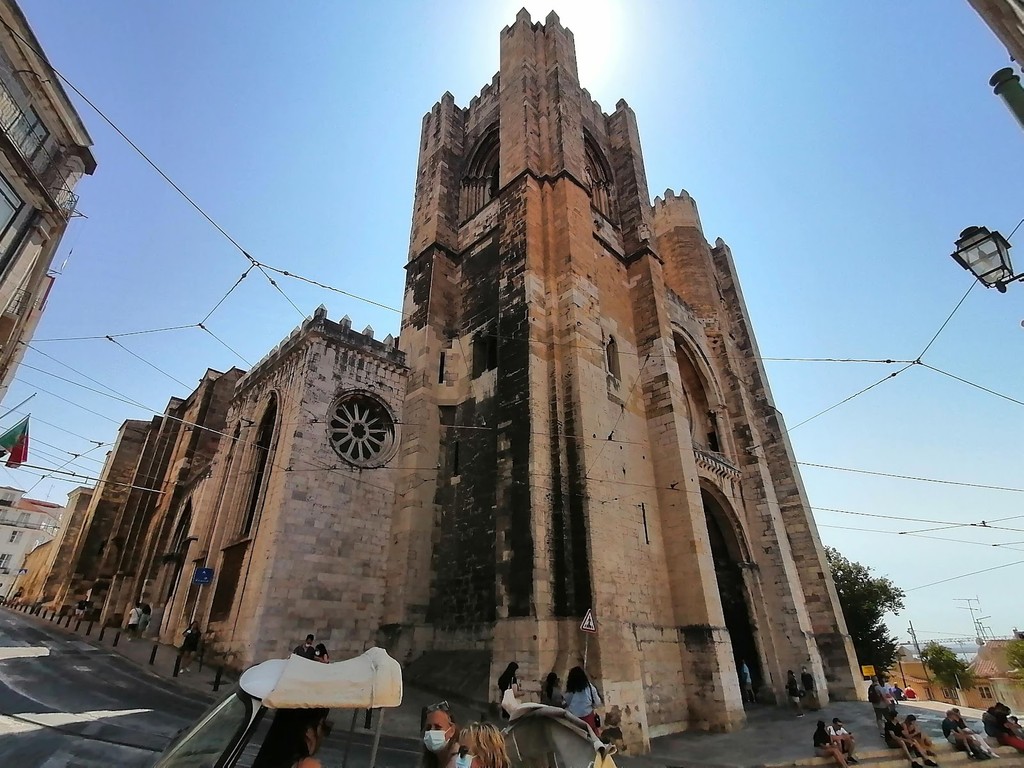
Alfama District (Source: Google Maps)
The Alfama District is the oldest neighborhood in Lisboa, known for its narrow, winding streets and rich cultural heritage. This historic area survived the 1755 earthquake, preserving its medieval charm. Alfama is famous for its traditional Fado music, which echoes through the alleyways, providing a glimpse into the soul of Portuguese culture. The neighborhood is filled with quaint shops, local eateries, and stunning viewpoints, making it a delightful area to explore. Its labyrinthine streets invite visitors to discover hidden gems and experience the authentic spirit of Lisboa.

Your travels, your rules.
Create your own Free Walking Tours.
Set your preferences, distances and anything you want to do or see.
Completely free, no payment required.